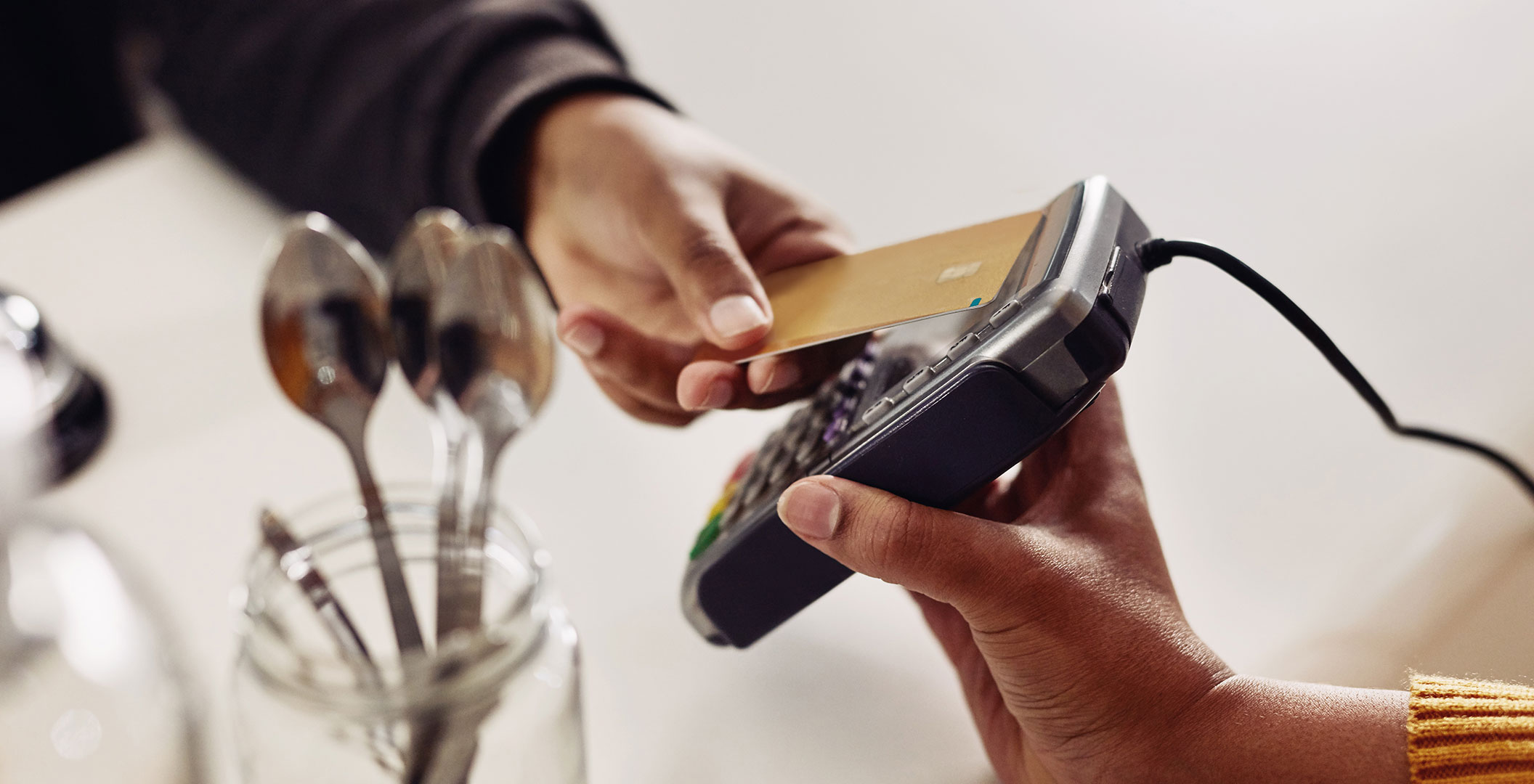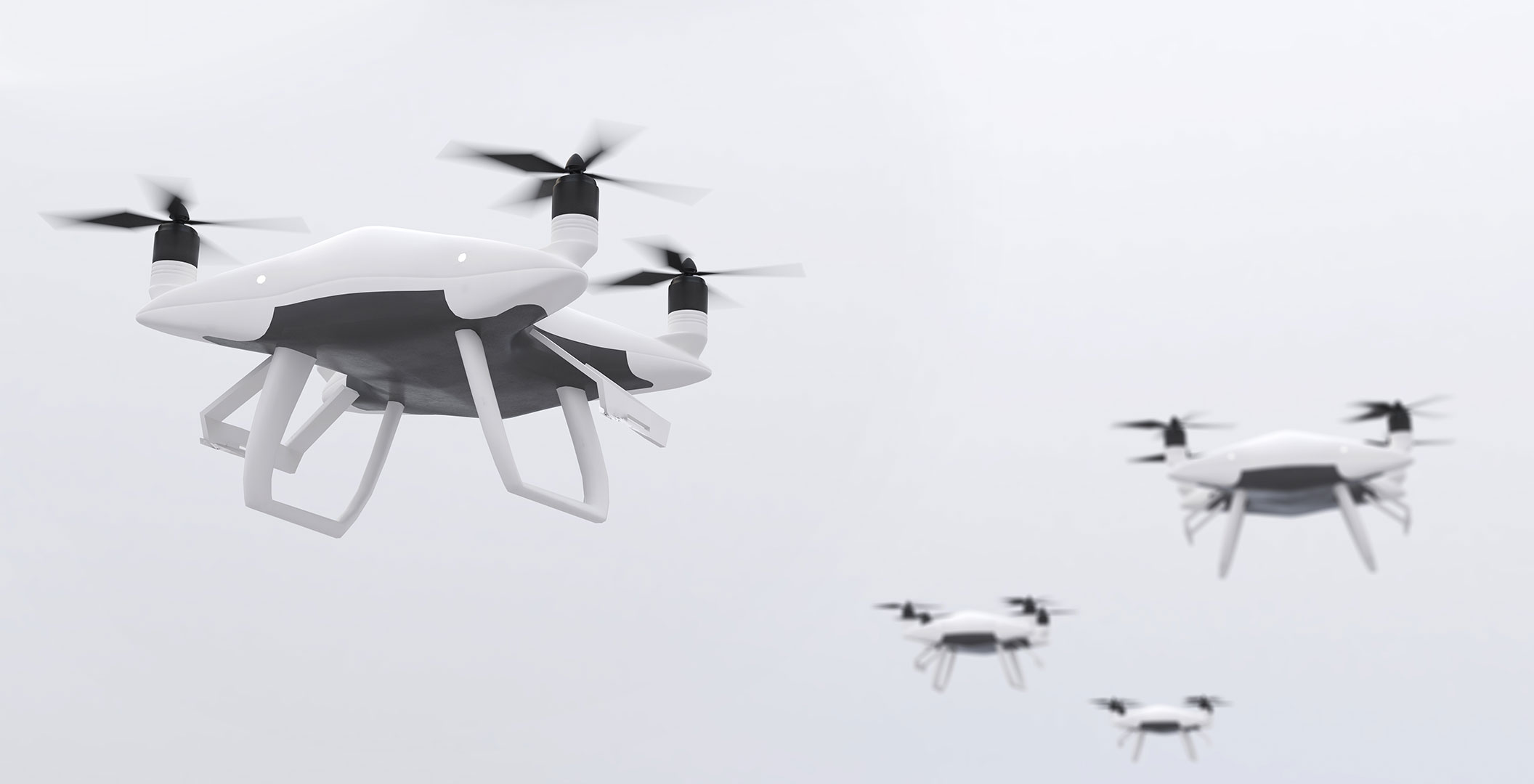Behavioral Science: Now Shipping to Your Industry

Robert Cialdini’s words rang true
at the ideas42 Behavioral Summit 2018 as an audience of communicators, engineers, doctors, educators, and other industry experts nodded our heads in agreement. We were living proof of the renowned social psychologist’s quip.
The modern field of behavioral science—the study of human behavior and decision-making—started with a noisy group of economists and psychologists experimenting in the 1970s. For many years, though, only a brave handful of marketers, investors and salesmen were interested in what the academics had to say about human decision-making and cognitive biases.
In contrast, today it’s becoming common knowledge that behavioral science can improve outcomes in nearly every industry, from public policy and healthcare to hospitality and even professional football—to name a few.
To unlock the power of behavioral science in any field, we need collaboration between industry leaders, practitioners, funders and communicators.
At VOX, we’ve teamed up with Dr. Neil Lewis, Jr., an assistant professor of communication and social behavior at Cornell University, to leverage behavioral communications to motivate our audiences to take action on a range of socially important issues.
Take, for example, our work with higher education organizations. We offer three examples below to show how the lessons of behavioral science can be put into practice for social good:

Break Down Complex Processes Into Manageable Tasks
Humans are notorious procrastinators, but we tend to be more productive when a difficult project is broken-down into bite-sized tasks. Consider the Free Application for Federal Student Aid (FAFSA), which breaks down barriers to completion by helping students pay for college. To help ease the process of securing this important aid, a collaborative team at Arizona State University developed a set of behaviorally-informed emails that were sent to parents and students at the university to encourage them to apply for aid before the deadline.
By breaking down the application process into manageable pieces, the emails generated 72 percent more FAFSA applications by the priority deadline.
Use Real Stories to Empower Struggling Students
At San Francisco State University (SFSU), research suggested that impostor syndrome—the psychological phenomenon that makes even high-achievers feel like frauds at their jobs—and student disenfranchisement could help explain why 18 percent of first-year students were leaving before their sophomore year. To fight self-doubt and foster a sense of belonging on campus, SFSU created and delivered a short video that featured older students and alumni describing their own college struggles and paths to success.
The video was followed by a survey and a series of 11 text messages and e-mails—sent throughout the academic year—that reinforced students’ motivating survey responses and reminded students of important academic deadlines. This helped fuel a 10 percent increase in sophomore retention and a seven percent GPA increase for students who received the intervention.
Sometimes it Only Takes a Text
Students consume so much of their written information in 500 characters or less. So when Georgia State University wanted to ensure that incoming students who enroll for classes show up on their first day, they chose to reach them on a familiar platform: SMS.
Enter Pounce, a text-based, AI-powered chatbot that can answer specific questions on nearly any subject, from student aid and orientation to scheduling for classes. Pounce’s database holds over 2,000+ prepared answers and can forward questions to a staff member when it’s stumped.
After launching Pounce in the spring of 2016, incoming freshmen who used it were 20 percent less likely to drop out before the start of the school year.
Higher education is one field that shows we have the R&D to use behavioral science–paired with smart communications—to elicit meaningful action. Now it’s time to ship.






